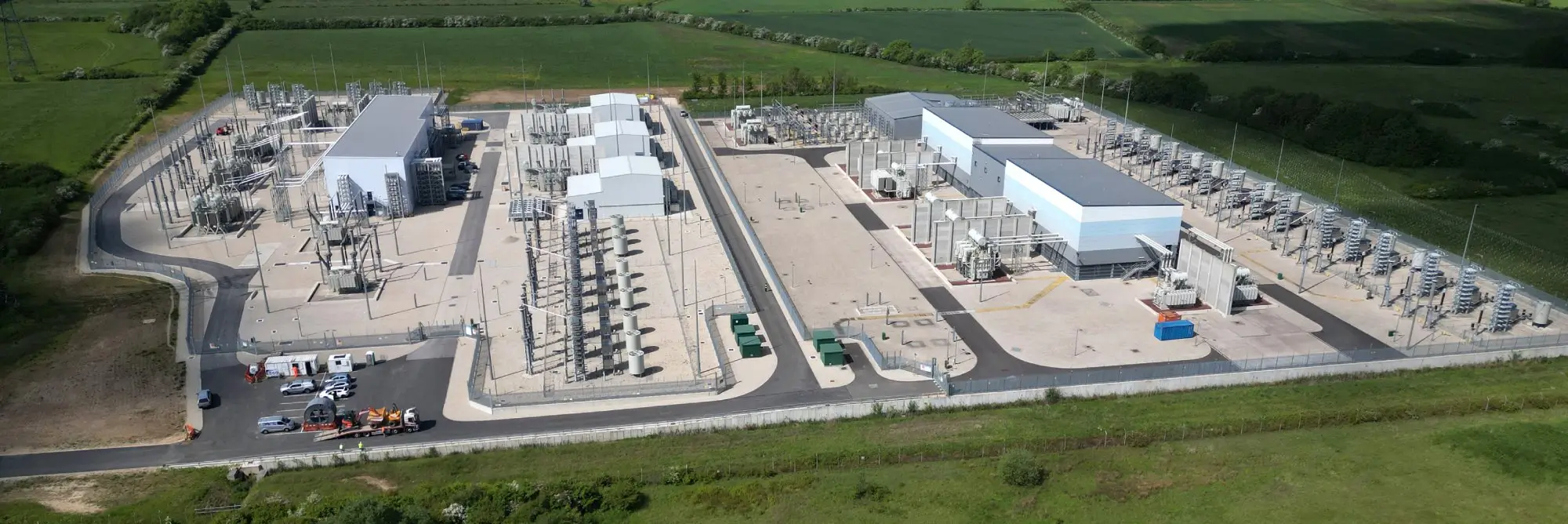
Reactors > FACTS / HVDC
Smoothing Reactor
Smoothing reactors serve a crucial function within rectifiers by ensuring continuous and stable operation, particularly during periods of fluctuating or low DC current levels. These reactors are instrumental in preventing intermittent operation and reducing ripple in the DC output, thereby enhancing the overall performance and reliability of rectifier systems.
- Preventing Intermittent Operation: One of the primary roles of DC smoothing reactors is to prevent intermittent operation of rectifiers when the mean DC current falls below a defined minimum level. In rectifier systems, particularly those experiencing variable loads or transient conditions, there may be instances where the average DC current decreases, potentially leading to unstable operation or even tripping of the system. DC smoothing reactors mitigate this risk by providing a minimum level of inductance, ensuring that the rectifier remains operational and stable even during periods of reduced current flow.
- Mitigating Harmonic Effects: In addition to preventing intermittent operation, DC smoothing reactors also play a vital role in mitigating the effects of harmonic currents generated within the rectifier system. When AC power is converted to DC through rectification, harmonics are introduced into the DC output, leading to ripple and fluctuations. DC reactors help reduce the impact of these harmonics by smoothing out the DC waveform, thereby improving the quality of the output voltage and minimizing fluctuations in the electrical system.
- Reducing Ripple: Another important function of DC smoothing reactors is to reduce ripple in the DC output to a defined value. Ripple refers to the variation in the DC voltage or current over time, typically caused by the pulsating nature of rectified AC power. By introducing inductance into the circuit, DC smoothing reactors help attenuate the ripple component, resulting in a more stable and consistent DC output. This is particularly critical in applications where precise and stable DC power is required, such as in industrial processes, telecommunications, and power electronics.
- Application and Implementation: DC smoothing reactors are commonly used in various rectifier applications, including power supply units, battery charging systems, electroplating processes, and motor drives. They are typically connected in series with the DC output of the rectifier, where they serve to smooth the current waveform and stabilize the voltage. The design parameters of DC smoothing reactors, such as inductance value and current rating, are carefully selected based on the specific requirements of the application and the expected operating conditions.
Benefits and Significance:
The inclusion of DC smoothing reactors in rectifier systems offers several benefits, including:
- Enhanced reliability: By preventing intermittent operation and reducing ripple, DC smoothing reactors contribute to the overall reliability and stability of the rectifier system.
- Improved power quality: Smoothing out the DC output helps improve the quality of power delivered to downstream equipment, reducing the risk of voltage fluctuations and disturbances.
- Extended equipment lifespan: By reducing stress on components and minimizing voltage fluctuations, DC smoothing reactors can help extend the lifespan of connected equipment and minimize maintenance requirements.


